My Sci-Friday contribution:
Hello and happy Friday. This week, I am offering a “review” of five of the most common neural implants. Also known as brain boosters.
To skip to the TL/DR SUMMARY, jump to the bottom of the page.
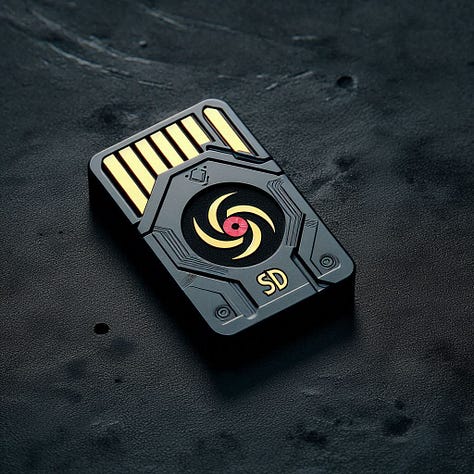
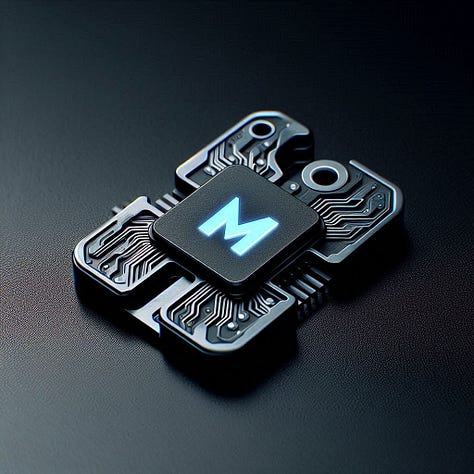

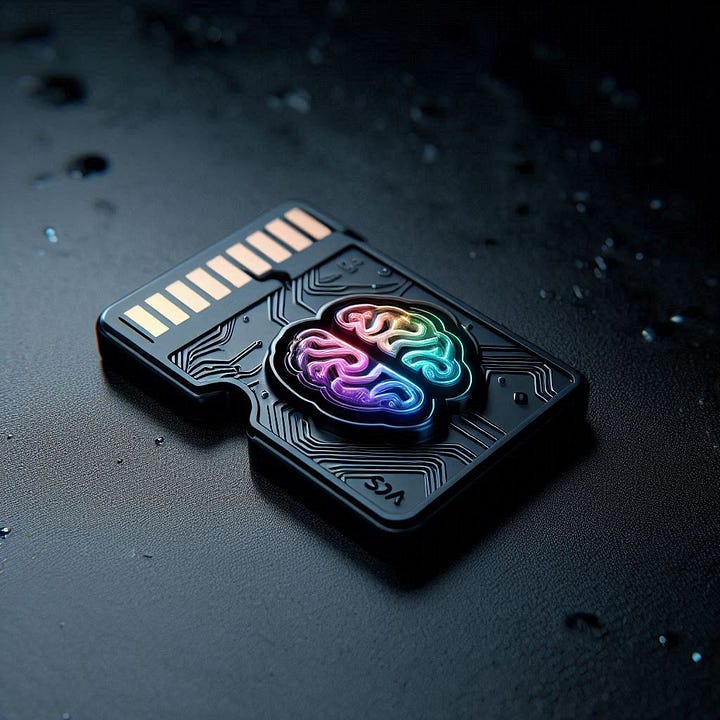
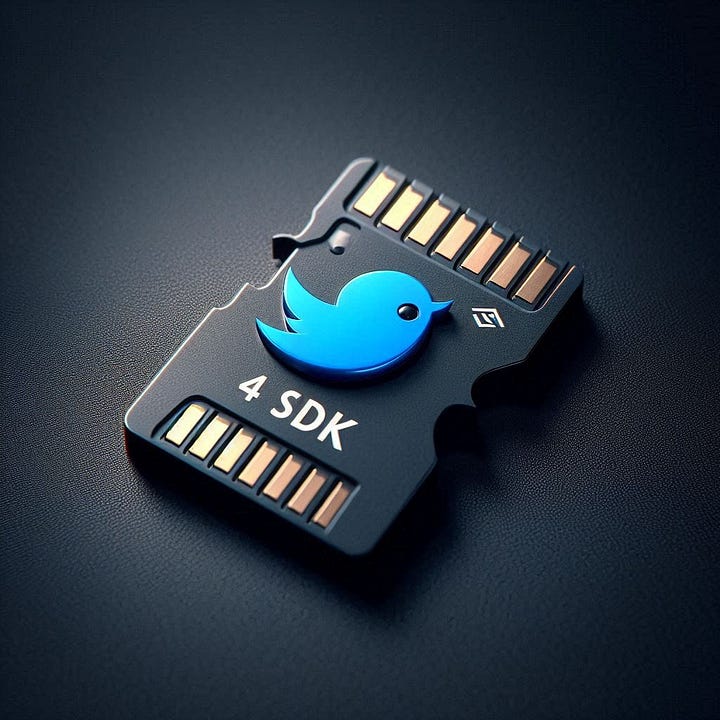
I had the implant procedure three months ago and have been switching back and forth among them, as their ports are interchangeable* (minor miracle, that!).
[*iMind originally had a proprietary implant port. Because of course they did. But then they got sued by, uh, Europe. So they relented and went with the industry standard. Though a $2500 upgrade that is proprietary is rumored to be on the way. Because of course it is.]
Also, briefly, the implant procedure is nothing. You sit down, hold very, very still, and a robotic arm shoots the thing into your temple. I got one of my ears pierced back in my high school days (the same day “T2” came out!). And this felt like that. A quick sharp snap and then a mild pain for about a day.
“We Do Implants!” is the most common sign I’ve been seeing around town. Because almost any business can buy one of these machines and add it to their offering. I got mine at an eye doctor next door to a frozen yogurt place. I figured an eye doctor was probably a safe bet. They have medical training. I chose a flesh-colored dock. But you can get colors (red, blue, yellow, green, pink, etc), clear, black, rainbow, tiny cannabis leaves, or whatever.
Retailers can charge whatever they want, by the way. I paid $79. Which is pretty common.
I’ve also seen “Implants! Just $29!” and “Implants! Monthly installments!”
And do not google “implant infection”.
Don’t do it.
That’s all I’m gonna say. Just keep it in mind when researching where you want to have it done.
It’s kind of like sticking a mini-SD card or SIM card into your temple.
So choose accordingly.
BACKGROUND - i.e. the science-y stuff
The way it works is by emitting an electrical signal that coaxes your brain into a particular state. The 5 brain waves are Delta, Theta, Alpha, Beta and Gamma.
Delta = deep sleep.
Theta = suggestibility, daydreaming, openness, emotionality. Too much can lead to depression. Also important for creativity, though. So you can see the inevitable.
Alpha = Calmness, deep relaxation and contentment.
Beta = Cognition, reasoning, alertness, calculation, reading, speaking. Too much can lead to stress or anxiety. Stimulants such as caffeine promote more Beta waves.
Gamma = Complex task processing, healthy cognitive functioning, learning, memory, sensory & information processing. High levels result in a heightened state of well-being often compared to meditation.
As you can imagine, certain brain waves are desirable at certain times but all are necessary. You go into the app and create a profile for what you want and when you want it. A brain buffet, as I have come to call it.
During work or at school or before that important meeting or video call, dial up the Beta and Gamma. When you get done with that, dial them back down and increase the Alpha calm.
It’s like instantaneously switching from peaking on caffeine to being perfectly intoxicated or high. One user review said it pretty funnily (funnily?):
“It’s like doing a mountain of blow and then taking a Valium, total effectiveness followed by total calmness but without any side effects.”
DISCLAIMER:
Whether or not these things are full-on addictive or merely habit-forming remains a matter of debate both great and contentious. And therefore beyond the scope of this review.
Also, this is all MY OPINION.
The genie is out of the bottle regardless.
But let’s get to the part you’re waiting for.
The 5 implants are:
iMind
G-Mind
BrainTok
Bluebird
MetaMind
To begin, I wore each one for seven (7) days with the same profile. I took copious notes. Anytime I felt anything unpleasant or seemed out of sorts, I consulted the app, checked my settings, and made adjustments.
Overall, I can say that each implant did what it was supposed to do.
Mostly.
With that being said, it seemed like they all were biased toward getting stuff done. With emphasis on the Beta and Gamma waves for cognition and work and really being “on” (like the “Limitless” pill, which, let’s face it, is what we’re all after and is the reason I spent almost eight grand on this experiment).
So, in my opinion, each company thinks the reason we’re all buying these things is to get stuff done.
To be smarter.
Faster.
Better.
More human than human, as the song goes.
So they prioritized that.
Also: four of the five implants required higher levels of the opposite waves in order to achieve (and for me to actually “feel”) the same degree of complimentary mental state.
Meaning that while my profiles all had the waves set to “Balanced” initially (I cranked them up to max later; more on that in a sec, because holy crap was it awesome!), I was more “on” or “focused” or “in the zone” for work and writing and cognition etc. at a “5” than I was “relaxed” and “calm” and “ready for sleep” at night despite also being at a “5”.
I had to go up to 7 or 8 (or 10 on the BrainTok implant!) in order to get what felt like the same levels.
Again, this is my own subjective experience; YMMV (Your Mileage May Vary).
So which one did I like best and which one should you buy?
I’ve been DREADING this question for the past three months.
DREADING.
Because it’s too subjective.
Because it depends.
On you.
Who are you and what do you want and what’s important to YOU?
Here’s my ranking from BEST to LEAST:
Bluebird
iMind
G-Mind
BrainTok
MetaMind
Note: The newest “Whisper” implant wasn’t available because 37 people have — allegedly — used them to win the lottery. So the FCC and SEC and a bunch of U.S. states’ Attorneys General have filed a bunch of lawsuits and injunctions. If I had been able to get a Whisper, I was DEFINITELY going to play the Powerball to see if I could be winner 38.
But I digress.
Bluebird was the “best.”
But iMind was a very, VERY close second.
Full disclosure: I hate the iMind company and have since I was a kid because we had one of their computers (and rather few games) while my friends had their competitors (and many, many games), so it was always going to be an uphill battle.
G-Mind was next, in third. It worked but was kind of annoying.
BrainTok was straight up scary. I’ll tell you why in a second.
MetaMind, in last, was super-annoying. [In MY opinion.]
Bluebird
Why was Bluebird the “best”?
Because the app was the best, the interface, the UI/UX (User Interface/User Experience), and, most importantly, because, of the five, Bluebird’s overall experience was the cleanest.
The analogy I came up with was energy drinks. I love energy drinks. So between Red Bull, Monster, Rockstar, Reign, and Bang, I prefer Bang. I like the look of their cans, the flavors, but mostly I like it because the caffeine high seems to be the cleanest. It comes on fast so you aren’t left waiting and wondering and therefore drinking too much, and there’s no crash.
When I drank a Reign one Saturday morning, it spun me up and I mopped the kitchen floor grout by hand for three hours and then crashed and literally had to go take a nap. I didn’t like it.
But again, this is my own personal experience and opinion; YMMV!
Anyway, Bluebird was easy to use, very effective, the amplitudes were the best, meaning each time you went to 10 on a particular wave, you FEEL it.
After I wore each implant for a week, I went back and wore each one again for three days, and then mixed and matched however I wanted in order to compare different waves during different times of day and in different situations.
The first time I went to 10 was with Bluebird after I chose the “Limitless” setting. They even have a little animation of Bradley Cooper. He comes on and smiles and says, “Enjoy…”
And then you’re like Superman. Superwoman. Wonder Woman. Megamind. Dr. Manhattan. Or some other trademarked character.
And of all the implants, I was able to be at 10 the longest with the Bluebird. The other ones got kind of annoying after a while. Like I just had to turn them down after a while.
iMind
That being said, iMind was probably the best at being calm and composed and feeling as though all is right with the world and that no matter what happens, it’s going to be okay because you can handle it. So that was good.
Their stupid app didn’t really work on my phone, though. The thing kept shutting off. Like the app crashed and the implant wouldn’t know what to do so it just shuts off. And that happened a lot. Probably four or five times a day. I began to wonder if it was their way of making you go out and buy a different phone. Or maybe of basically telling people to shop elsewhere. Which seemed shitty to me.
But when it wasn’t crashing, the GammaMax, as they call it, was very, very good. A little better than Bluebird’s. So it seemed like Bluebird is probably better for being “Limitless” but iMind is better for mindfulness and for not going insane in an insane world.
So the design ethos informed the product capability in that regard, I would say.
And personally I wasn’t really looking for a new version of my worldview.
Me 2.0.
Which is kind of what the iMind seems to suggest.
Bluebird is less comprehensive or overpowering or woo-woo in that regard. And it’s more customizable: you can get really granular and set up the app down to the minute. You can go full 10 Beta and full 10 Gamma and rock and roll in “Limitless” mode.
And then you can slam on the brakes when you want an immediate nap. You go full 10 on Delta, Theta, and Alpha. But you’d better be lying down when they turn on. Because you’re going nighty-night.
When your alarm goes off, Delta, Theta, and Alpha go down to 1 and Beta and Gamma go right back to a full 10. And it’s on, baby. You’re instantly awake and ready to rock.
That’s Bluebird.
iMind doesn’t go hard like that.
Bluebird does make you okay a disclaimer three times before it’ll let you do that. But you only have to do it once. They recommend you drip feed or increase slowly over about four or five minutes so it’s not so shocking to go from “Limitless” to “out cold” and fifteen minutes later back to “Limitless”.
You can’t go “Limitless” indefinitely, by the way. After a while, your own natural fatigue wins. The longest I ever went with no sleep was four days. And on the fourth day I felt terrible. I was hallucinating, too. Dreaming while awake. And then I went to sleep and I slept 15 hours, got up to pee, eat a bowl of soup and some watermelon, and then slept another 10 hours. And then I got sick. So don’t run yourself down like that.
G-MIND
Next is the G-Mind. It was fine. It also had a really good app. But it seemed to be the most conservative. It took forever for each wave to do anything. You’d dial Gamma up to 10 because you have work to do and it’d take 15 minutes to get there. And the whole time I was checking the app every few minutes. It’s like it was buffering. My brain was buffering. I hate buffering.
Plus it kept asking me to re-authenticate. Over and over. They had to send me a code that I had to go get from my text or email and then put it into the app for it to keep working. And it kept doing that at night. While I’m trying to sleep. So, so much for the Deep Sleep function they’re so proud of. But maybe I wasn’t using it right.
Plus, and this was the dealbreaker for me, it works the same as email, meaning they can scan all your content and record everything you do. The same way they scan your email.
Are they scanning our thoughts?
They say no.
BrainTok
G-Mind wasn’t as bad as BrainTok.
IN MY OPINION, BrainTok is straight-up spyware.
The whole time I was using it, I was obsessed with China.
No joke.
I couldn’t stop thinking about China. I had all these intrusive thoughts about how misunderstood they are and how hard it is to govern a country of two billion people and how their system may not be perfect but it was better than everyone else’s.
I found myself pricing airfare to Beijing.
And watching YouTube videos comparing Chinese shopping malls to American shopping malls.
The Chinese malls were lively and vibrant and full of people and families and children.
The American malls were abandoned. Derelict. Rotting. Heartbreaking and scary.
MetaMind
But BrainTok wasn’t the worst one.
MetaMind was.
Dude, pardon my French, but fuck that thing. After the first week and the three-day trial, I only used it two other times. And both times it was the same thing: I was obsessed with social media and with current events and politics. I couldn’t get off of social media. Doomscrolling and angry. Adrenaline pumping. Angry at everyone and everything. Like… I wanted to fight. To go out and punch something or someone. Even if it meant them punching me back.
Each time I finally pulled myself away, I felt like I’d been lying in the dentist chair getting drilled on. Exhausted and sweaty.
So screw that thing.
Oh, and virtual reality. I was obsessed with going into virtual reality and paying for everything with crypto. I went down a dozen rabbit holes on crypto. Checking Bitcoin prices. Seeing what’s happening with Ethereum. If Ripple had replaced the global banking SWIFT code system yet. If Cardano was finally working anywhere but Africa. If Doge was going to be the one coin to rise above the rest. I started looking at my online banking balances and calculating how I should diversify my USD into crypto and which Moon Bags I should have.
So screw that thing.
Now, the question you’ve probably been screaming about:
Pricing.
I purposely held off on this because I wanted to focus on functionality and which implant was the best at doing what it’s supposed to do.
Even though pricing obviously plays a huge role.
Priced MOST expensive to LEAST expensive:
$1899 iMind
$1299 G-Mind
$969 Bluebird
$799 MetaMind
$399 BrainTok
The pricing made perfect sense to me.
iMind is super-expensive but it is quality stuff and works well and is easy to use. Plus there’s the brand recognition.
G-Mind being the most expensive “non-i” product was kind of surprising. Rather, I think what I’m actually surprised about is that Bluebird is less than a grand. Plus the 969 thing is a sex joke. Which, personally, I think is hilarious.
MetaMind being $799 disturbs me because they’re going for affordability in order to, in my opinion, maximize their userbase and thus their data collection.
BrainTok being only four hundred bucks is the most horrifying, however, because they’re obviously targeting kids. Oh, and the BrainTok box, the packaging, is red with yellow stars on it. It looks like the flag of China. Just saying.
So that’s my review of the brain boosters. My OPINION.
What do you think? Do you agree with my analysis?
Which ones have you tried and which one did you actually buy?
Or have you already decided that you’re never getting one?
Leave a comment down below. Thanks for your time.
TL/DR Summary:
Bluebird
$969.00
My favorite. Best interface, best customizability, good price point. Clean!
Best Feature: Getting stuff done!
Worst Feature: A lot of people online spending too much time at “10” and saying they’re going to take over the world, giving “free speech” a real run for its money.
iMind
$1899.00
VERY good. Provided you like the company. VERY expensive.
Best Feature: Feeling calm/balanced
Worst Feature: High price; lack of customizability; exclusivity feels elitist at times
G-Mind
$1299.00
It’s fine when it works. Kinda expensive. Too buggy.
Best Feature: App is good; probably easiest to use for non-tech folks who aren’t iMind users
Worst Feature: Buggy and cumbersome re-authentication; may be reading your thoughts/harvesting your soul
MetaMind
$799.00
Hard pass. Rock-hard pass. Diamond-in-an-ice-storm-hard.
Best Feature: If you love social media and crypto, you’ll love this.*
[*Once upon a time, I loved social media and crypto both; so I get it.]
Worst Feature: Made me sweaty
BrainTok
$399.00
I see the allure for the younger users. Especially if the primary barrier to entry was price point and the difference between being part of the In-Crowd versus not was 399 bucks.
Best Feature: Affordability; hype/community (a LOT of people use/love this)
Worst Feature: Poor specs, limited warranty is very limited; Suspiciousness





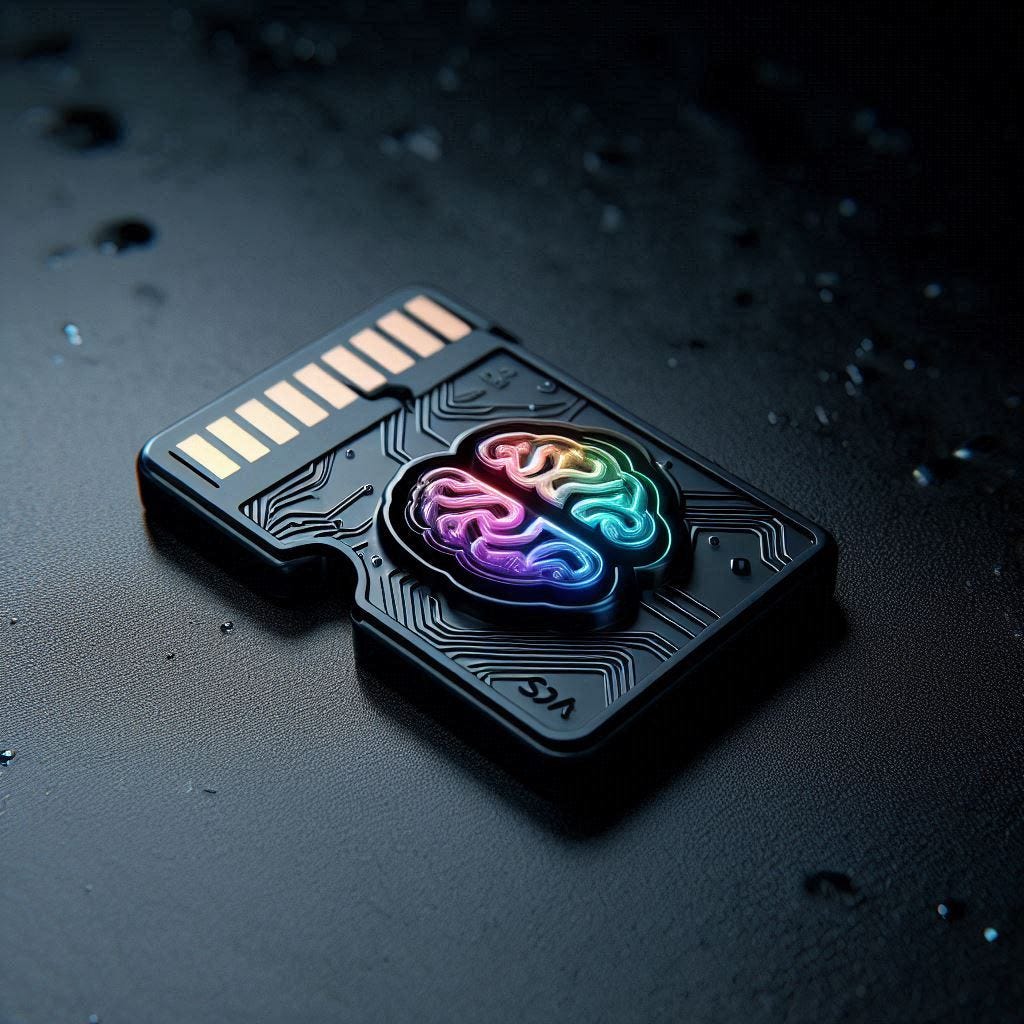
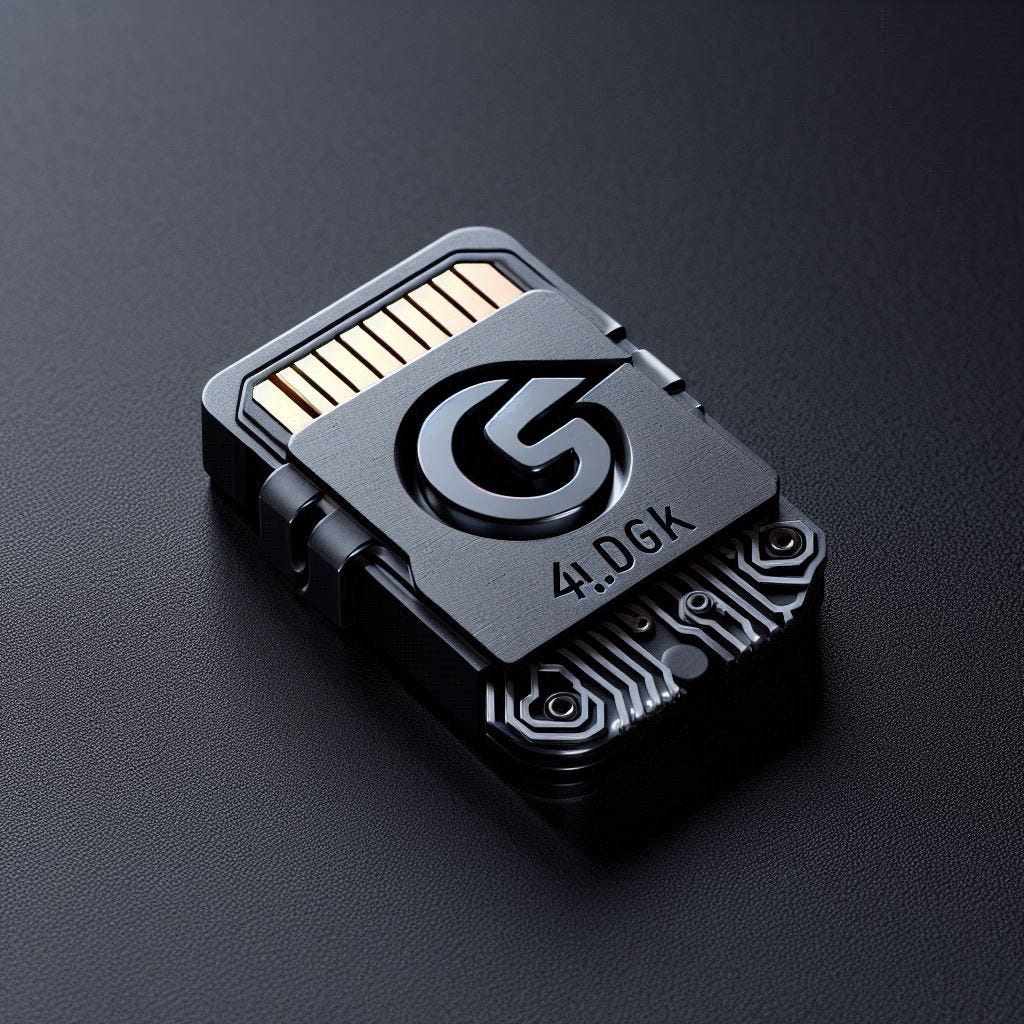
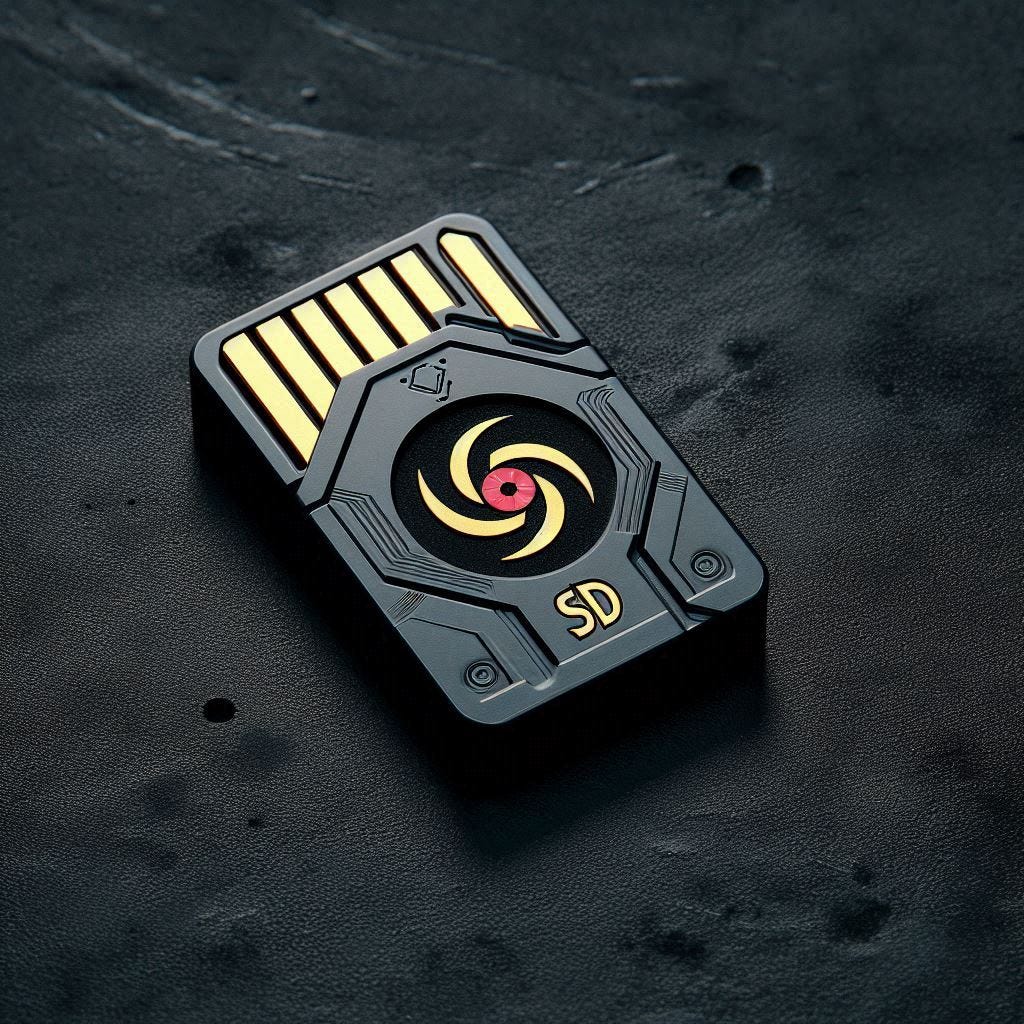
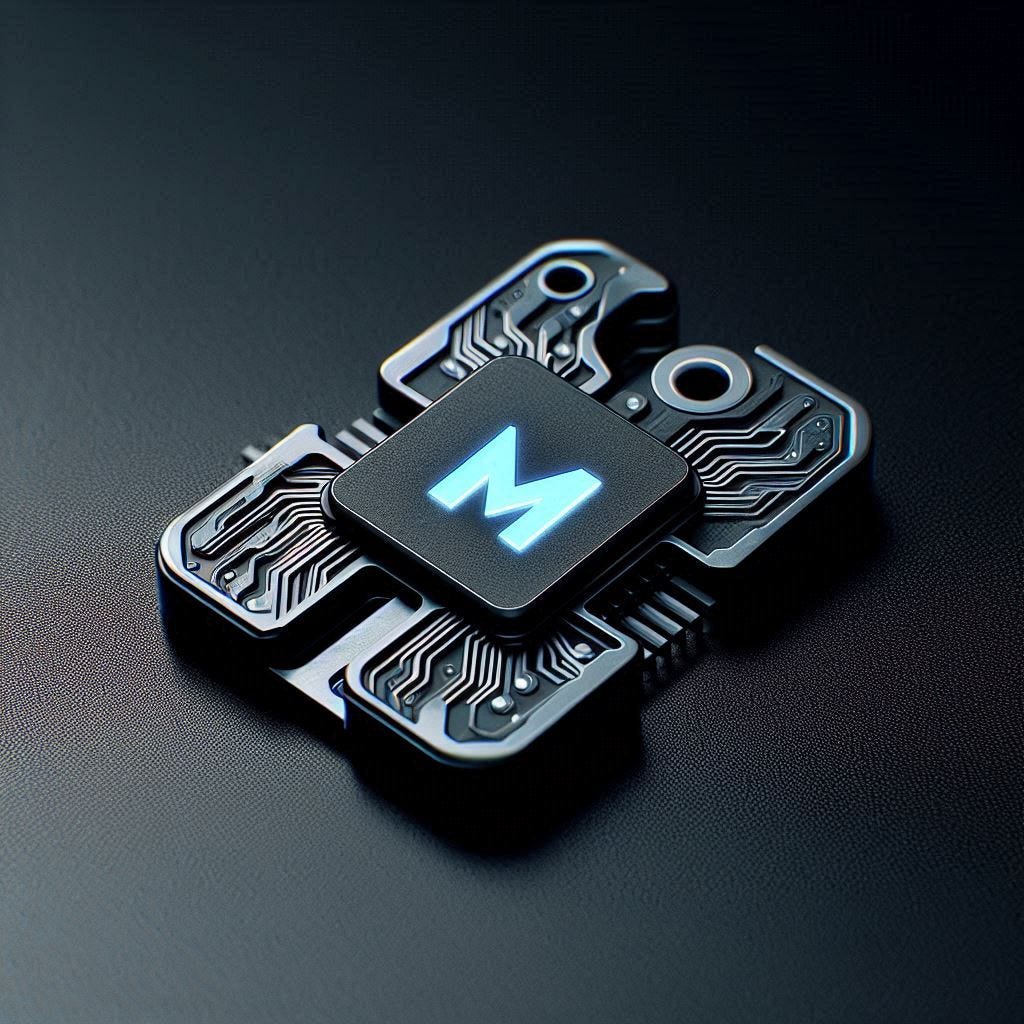
I wonder what the first true mind modifying tech that becomes commonplace. Will it be focused on modifying the brain activity, or for connectivity? The Matrix uploads, or glorified internet, ar/vr or something else?
...funny read man...i am waiting for when i can get these implants in my butt so that i can real make an a$$ of myself...that said i started a braintok account mainly to play with face filters...iStack has been giving me real miSpace vibes these days...all to say it all these brain tools might just be connected...